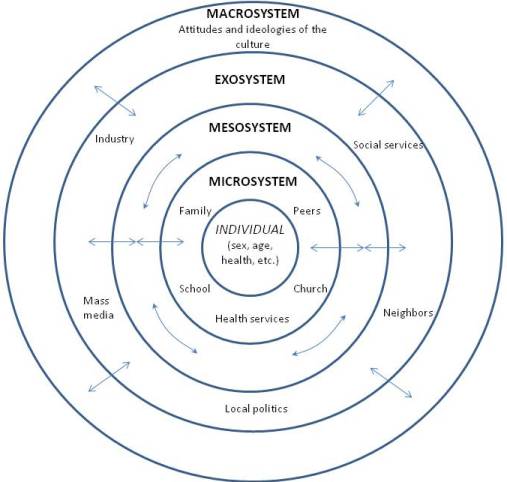
What is Community Engagement in the Classroom?
Community Engagement is defined as, “a dynamic relational process that facilitates communication, interaction, involvement, and exchange between an organization and a community for a range of social and organizational outcomes.” Now lets take that and apply it to the classroom, how and what can we do to make this apart of a students day in a public school? We can change the definition a little bit and say that this is a process that connects the parents, guardians, the community helpers to the children that live in that community, to engage them in a social and cultural aspect.
How to incorporate it into the curriculum…
It does not always need to be on a large scale that the community can be apart of your classroom. Yes, events such as a makers night, and family fun night, and family movie night are great ways to bring the community together but not the best way to make it apart of the classroom every day. Instead of large groups you can have small groups and small ideas that you can share with just the kids in your four walls. In reading an article about community engagement in the classroom, I came across this idea, “The district continues to engage local business through participation in the program’s “Meet a Pro” chats, where students go on virtual tours and physical field trips to learn more about the job opportunities their community offers.” This is a great way to be able to get your students to see the outside world and to see more than just what the school has to offer. Building this into the curriculum that you have, and making time for this in a classroom will give your students an experience that they will not forget.
Bronfenbrenner’s Ecological Systems Theory

Another really interesting thing that I came across when researching this topic, is the way that children in their environments interact to influence how they grow and develop, this is called Bronfenbrenner’s Ecological Systems Theory. It explains how children learn and how they grow through a series of different situations in which the environment that they are in influences them. The article that is linked, explains more in depth about each part of the system, but it does an amazing job connecting to the idea that we need to have our children out in the community so that they can get the most out of their education.
Closing the Gap
Most of the time, it is hard for educators to fully be able to take their students outside of the classrooms. For many different reasons, but the most pertinent being, budget, and help and social, political and religious differences. These challenges are enough to make a teacher throw in the towel, but it is not something that you can be discouraged from, it is something that you need to embrace and need to find loop holes to make sure it becomes you and your students reality.

Check out this Ted Talk about the importance of connecting our communities and our schools!